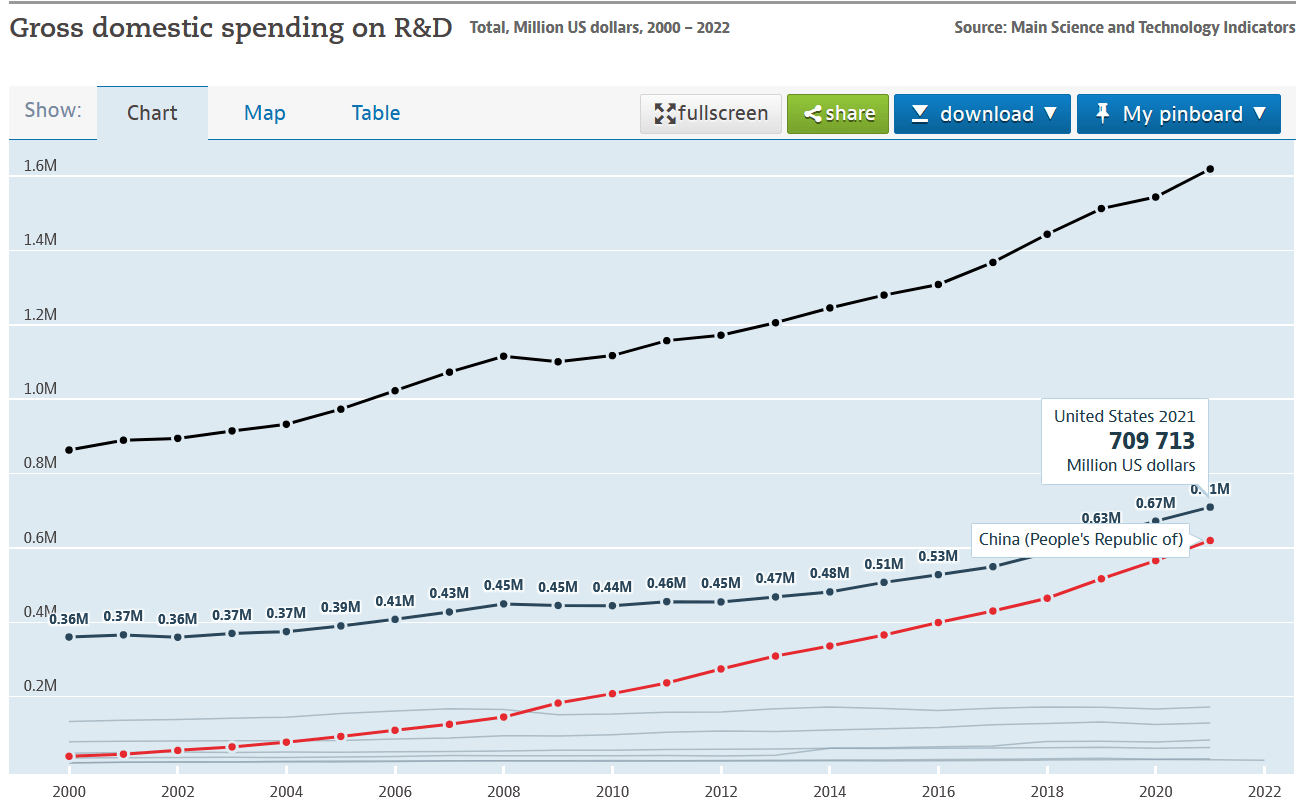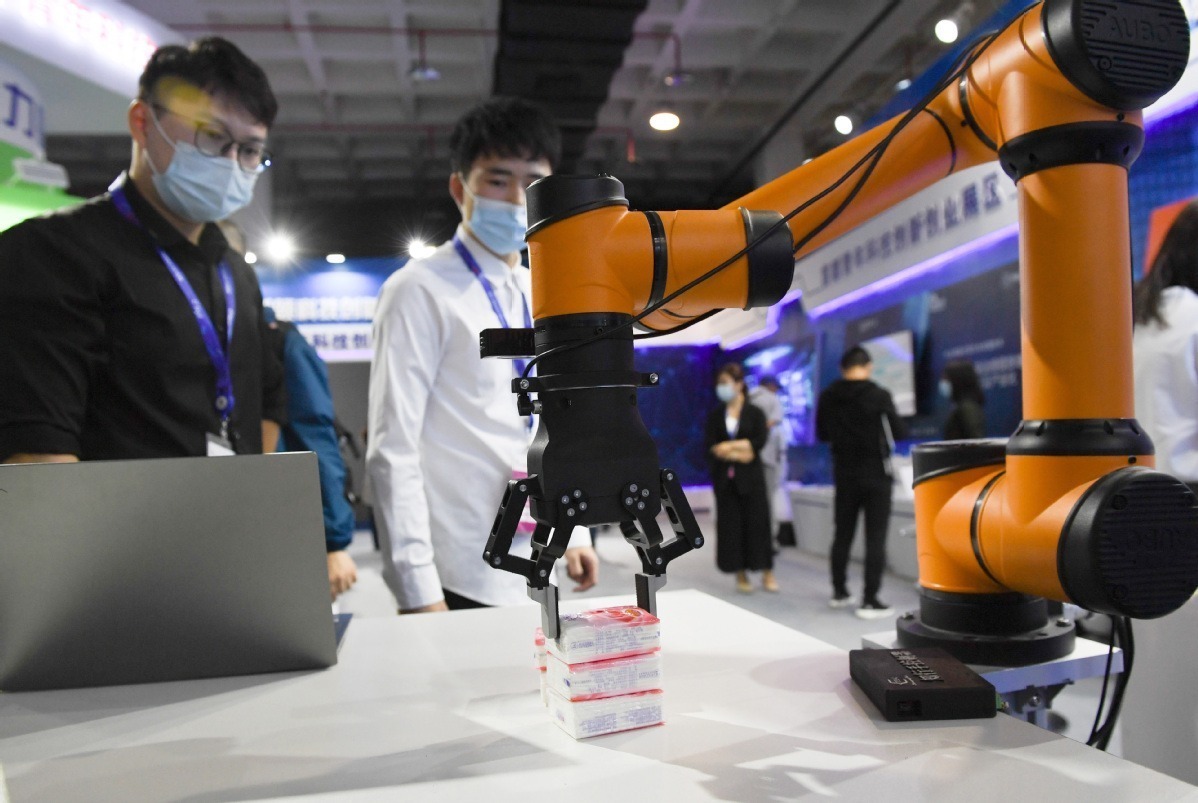The Role of Translation in China’s Innovation Drive
What is China’s Innovation Drive?
China's Innovation Drive is a strategic initiative launched by the Communist Party’s Central Committee and the State Council, with the goal of positioning China as a global leader in science and technology. Established in alignment with the Thirteenth Five-Year Plan in 2016, the initiative outlines a trajectory for China to transform into 'an innovative nation' by 2020, an 'international leader in innovation' by 2030, and a 'world powerhouse of science and technology innovation' by the centenary of the Communist Party in 2049. At its core, China's Innovation Drive reflects the nation's determination to achieve technological advancement and economic growth through innovation.
This article examines the role translation can play in advancing global collaboration and knowledge exchange amid China's Innovation Drive.
Historical and Political Context
To understand China's commitment to technological self-sufficiency, one must consider the historical and political context that has shaped its trajectory. President Xi Jinping, in a significant 2013 speech, emphasized the importance of overcoming China's "century of humiliation," attributing the nation's past subjugation to its "technological backwardness." This historical perspective has fueled the determination to ensure that China is no longer reliant on other nations for critical technologies. The ongoing tech war between China and the USA, particularly in areas such as semiconductor development and the Huawei controversy, has intensified China's resolve to achieve technological independence.
Research & Development
China's transition from a manufacturing powerhouse to an innovation hub is evident in its concerted efforts to invest heavily in science and technology. The country's commitment to research and development spending surged 15-fold from $39.8 billion (0.89% of GDP) in the year 2000 to $620.1 billion (2.43% of GDP) in 2021 according to the OECD. The growing number of Chinese graduates in STEM fields further reinforces the nation's dedication to cultivating a highly skilled workforce capable of driving innovation.

Key Industries and Sectors Driving Innovation in China
China's innovation landscape is diverse, with key industries and sectors playing pivotal roles in the nation's technological ascent. Semiconductors, artificial intelligence, supercomputing, high-speed rail, electric vehicles, and renewable energy are at the forefront of China's innovation agenda. Investments and advancements in these technologies not only position China as a global leader but also contribute to addressing pressing global challenges such as climate change and sustainable development.

The Role of Translation
An often overlooked but critical aspect of China's success in innovation lies in its effective use of Chinese translation services. The translation of scientific and engineering literature, as well as patents, has been instrumental in facilitating rapid advancements in various technologies. Chinese scientists and engineers benefit from a vast pool of global knowledge through English to Chinese translations, enabling them to stay up to date on the latest developments. Similarly, Chinese to English translation services enable Chinese researchers to engage with the global scientific community and contribute to collaborative efforts. By breaking down language barriers, translation fosters a rich exchange of ideas and expertise. This is particularly evident in the international collaboration on research projects, joint ventures, and the assimilation of global best practices.
Finding the Right Translator
To navigate the intricacies of science and technology translation, employing translators with the appropriate skills is crucial. The best translators will usually come from a technical background and have a degree in a scientific field such as engineering. Their translation experience will be honed over the course of their career as an engineer or scientist and formalized as they decide to enter the translation industry. A familiarity with scientific concepts ensures accurate and contextually relevant translations, whilst the know-how of a translator enables the use of technology-assisted translation tools and specialized glossaries, which enhances efficiency and translation consistency.
Conclusion
In conclusion, the role of translation in China's Innovation Drive cannot be overstated. As the nation continues to strive for technological self-sufficiency and global leadership, language translation emerges as a key enabler. This linguistic bridge allows Chinese researchers access to a vast pool of global knowledge in their field and enables them to contribute to international scientific efforts. The skillset of a translator, particularly one with a technical background, is crucial in ensuring accurate and contextually relevant translations.
About CTS Chinese Translation Services
Specializing in the translation of scientific and technological literature, patents, and other technical materials, CTS plays a crucial role in bridging language gaps and connecting global scientific communities, ensuring seamless communication and collaboration across borders. Contact us by phone or email to learn more about how we help American and Chinese companies succeed in each other’s markets, one word at a time.
